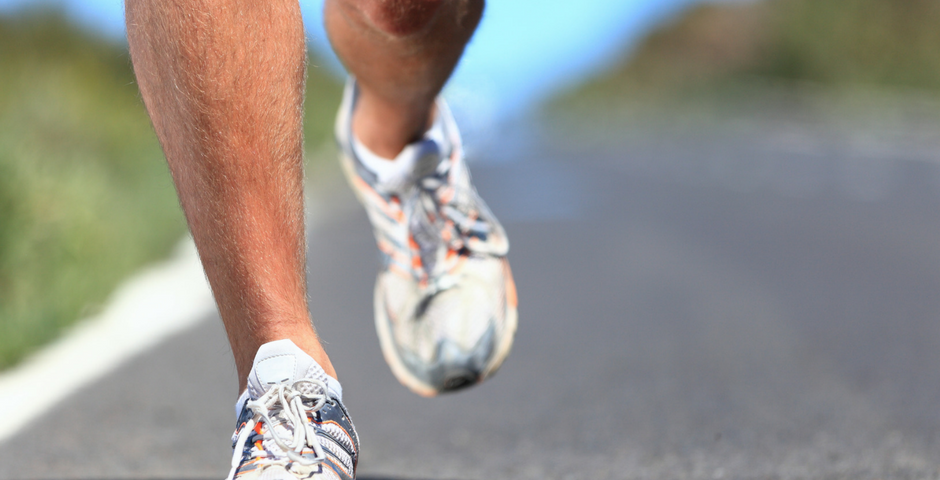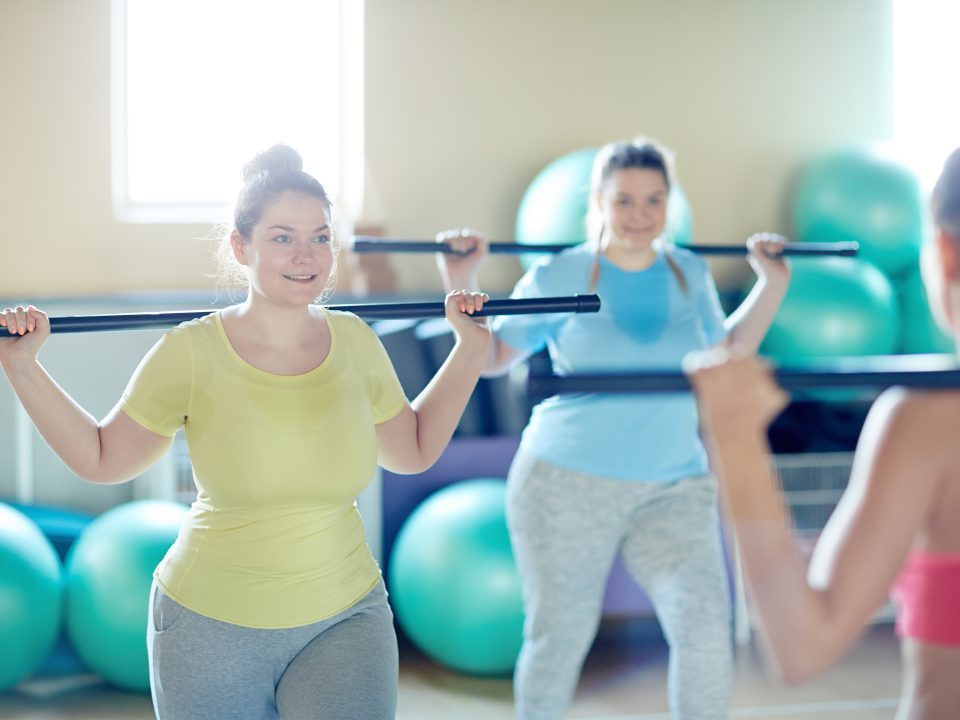
5 secrets to boosting your willpower.
February 14, 2017
Do you always put everyone else first?
February 28, 2017On the one hand, you’ve heard that running is one of the simplest way to get a higher intensity workout that burns a lot of calories, but on the other hand you have heard that running is bad for your joints because of the impact. What do you believe?
The latest research
A new study from Brigham Young University has looked at inflammation of joint before and after running, and found that exercise in young healthy adults actually promotes a protective response in terms of inflammation.
Running may in fact be helpful in maintaining long term joint health in those who regularly exercise, and preventing the development of degenerative joint diseases, such as osteoarthritis.
This goes against traditional recommendations, where those who have a family history of osteoarthritis may be told to avoid high impact exercise
What if I am overweight?
The issue with running when you are heavier than your ideal healthy weight range is that there will be extra pressure on joints. If you were to continue to run with this amount of pressure for the long term (if your weight stayed the same) there is a risk that you could cause damage to your joints.
However- assuming you are sensible with your diet, running can be helpful in losing weight, and as you lose weight, this reduces the pressure on your knees.
And of course, there are measures that you can take to reduce your risk of injury or damage, including a decent warm up, well fitted and well cushioned running shoes, good running technique (a PT observing you can help with this), and doing exercises which strengthen your core muscles so that joints are aligned properly while running.
But I already have osteoarthritis!
When you have severe osteoarthritis, and there is bone on bone contact because those areas of cushioning tissue between the joints has deteriorated, running is certainly not ideal. You are likely to experience increased pain and reduced mobility as a result if you attempt to participate in any high impact physical activity.
Instead choose low impact exercises such as swimming, water aerobics, or walking. Take notice of what signals your body is giving you, and if you are feeling more than the usual amount of discomfort, ease back.





